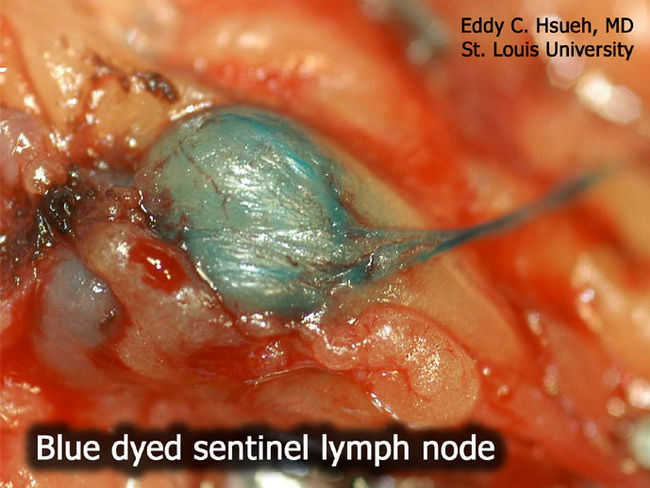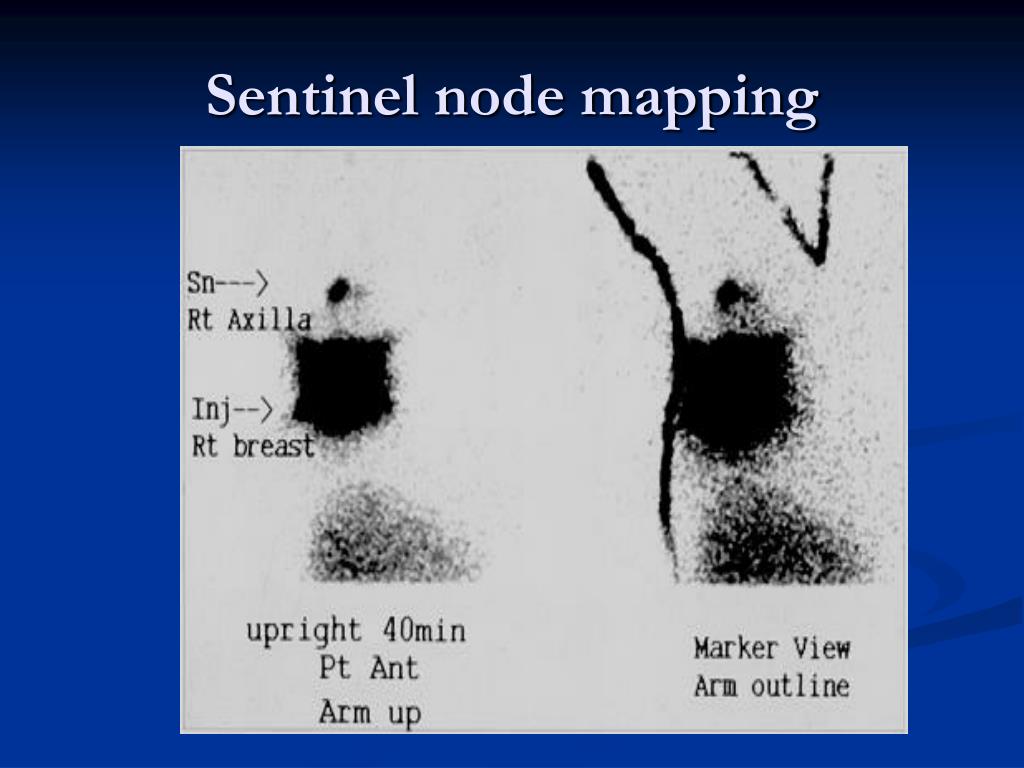

This is the first lymph node(s) that cancer cells are likely to reach.Narrator: The thicker a melanoma becomes, the greater the risk of it spreading into the lymphatic system and lymph nodes. What happens during a SLNB?Ī SLNB begins with finding the sentinel lymph node(s). A SLNB is also performed in an operating room. If the melanoma is thick or has spread, you may be treated in an operating room. Patients who have an early, thin melanoma do not need to have a SLNB. If your melanoma is thin, your dermatologist may perform the melanoma surgery in a medical office or surgical suite while you are awake. During melanoma surgery, the goal is to remove any remaining cancer.
#Sentinel node skin#
You had a skin biopsy when your dermatologist (or another doctor) removed what looked like a melanoma from your skin.įor patients with melanoma, the next step after a skin biopsy is usually melanoma surgery. The melanoma surgery differs from the skin biopsy. Most patients have a SLNB when they have their melanoma surgery. If your doctor felt any enlarged lymph nodes, you need different testing. Melanoma has a greater risk of spreading to the nearest lymph nodes when it:īreaks open (If it broke open, it may have looked like a sore on your skin.)Ī doctor can tell if melanoma has any of these risks by reading your biopsy report.Ī SNLB is only recommended when you have a high risk of melanoma spreading and your doctor did not feel any enlarged lymph nodes when examining you. Your doctor may recommend a SLNB if you have an increased risk of melanoma spreading to a lymph node. These nodes are tested to see if they contain cancer cells.

During this surgery, the surgeon makes a small incision and removes one or a few lymph nodes. It’s a type of surgery that’s performed in an operating room. I have melanoma, why do I need a sentinel lymph node biopsy? Only a board-certified dermatologist has these credentials. When it comes to treating the skin, plenty of people say they have expertise. Why choose a board-certified dermatologist? You can search by location, condition, and procedure to find the dermatologist that’s right for you. Dermatologist-approved lesson plans, activities you can useįree to everyone, these materials teach young people about common skin conditions, which can prevent misunderstanding and bullying. Use these professionally produced online infographics, posters, and videos to help others find and prevent skin cancer.
#Sentinel node free#
Public health programsįeatured Free materials to help raise skin cancer awareness It can smooth out deep wrinkles and lines, but the results aren’t permanent. If you want to diminish a noticeable scar, know these 10 things before having laser treatment. You can expect permanent results in all but one area. If you have what feels like razor bumps or acne on the back of your neck or scalp, you may have acne keloidalis nuchae. Darker Skin Tonesįind out why dark spots appear and what can fade them. Relieve uncontrollably itchy skinįind out what may be causing the itch and what can bring relief.
#Sentinel node how to#
These dermatologists' tips tell you how to protect your skin. Everyday careĮveryone's at risk for skin cancer. This contagious skin disease will usually clear on its own, but sometimes dermatologists recommend treating it. A board-certified dermatologist explains what the rash looks like and when to seek medical care. Monkeypox is a contagious disease that causes a rash.


 0 kommentar(er)
0 kommentar(er)
